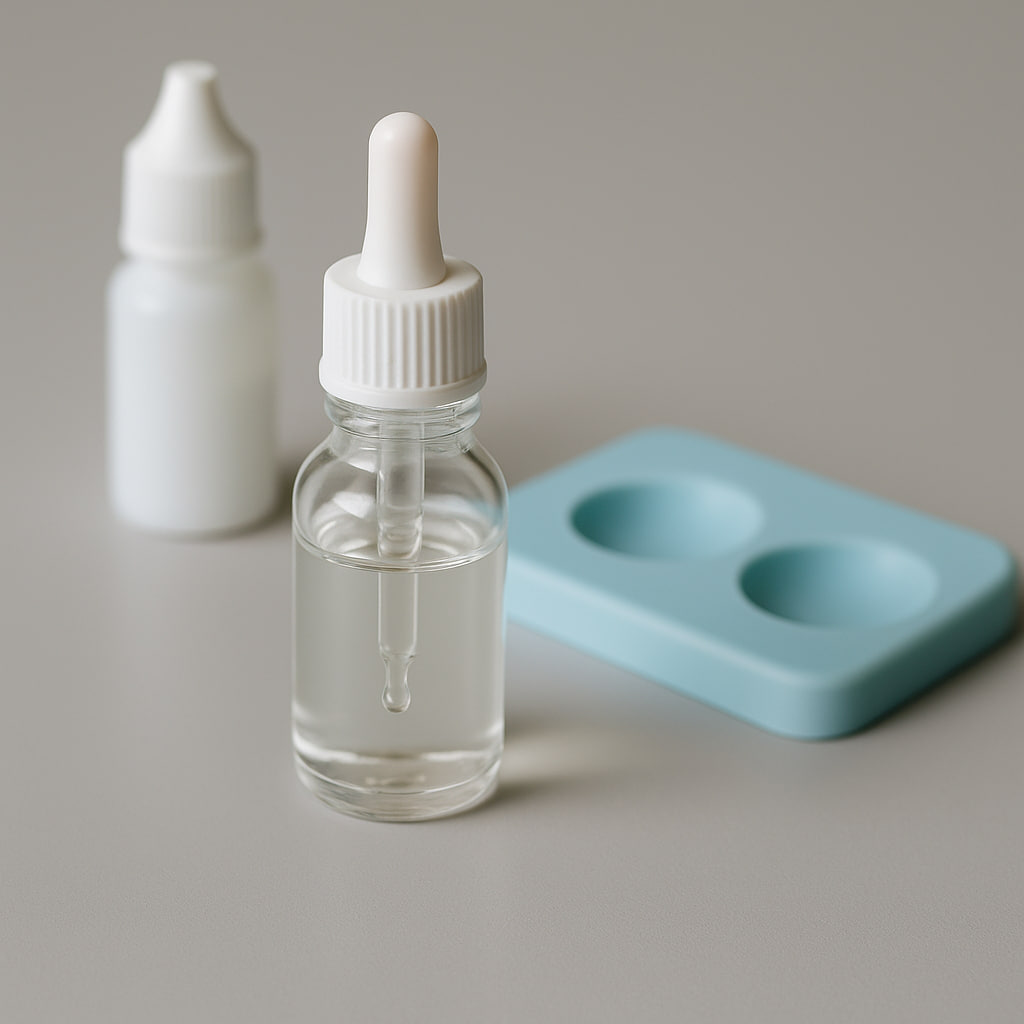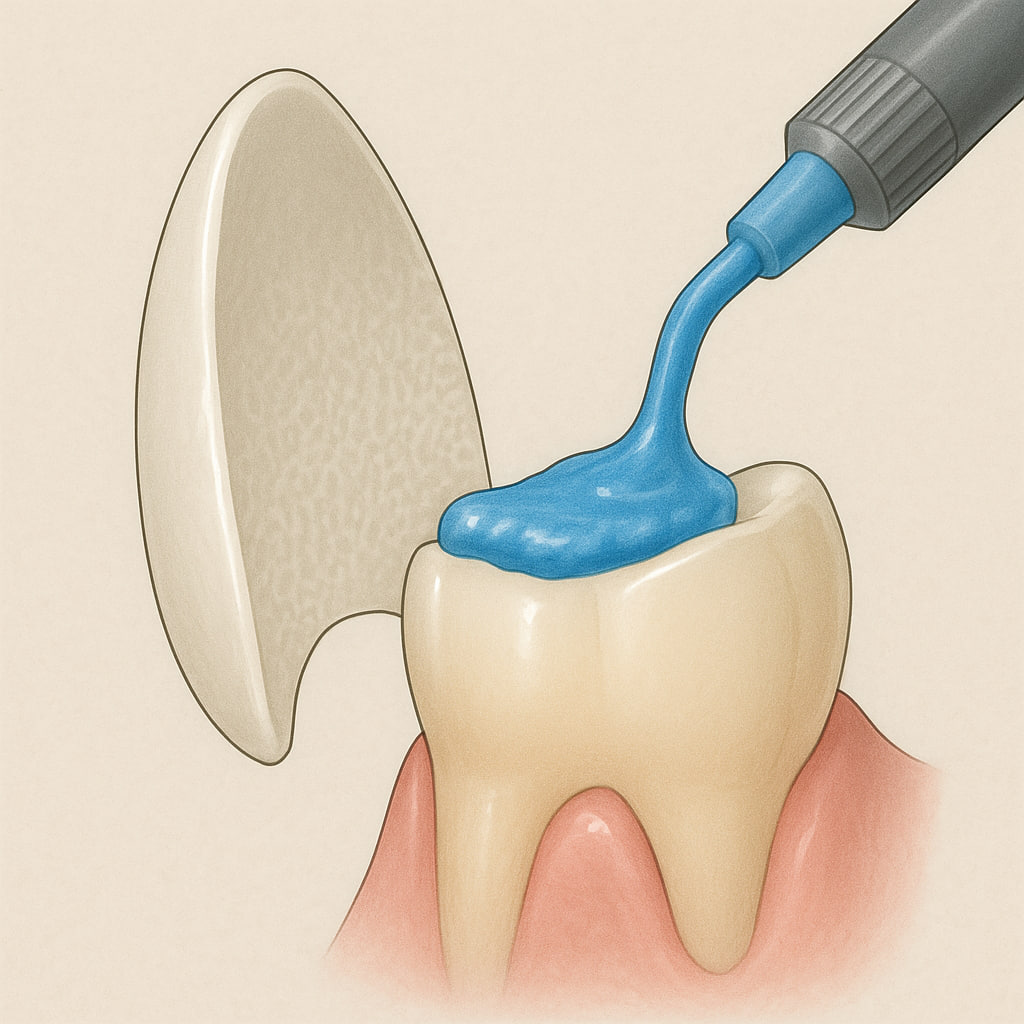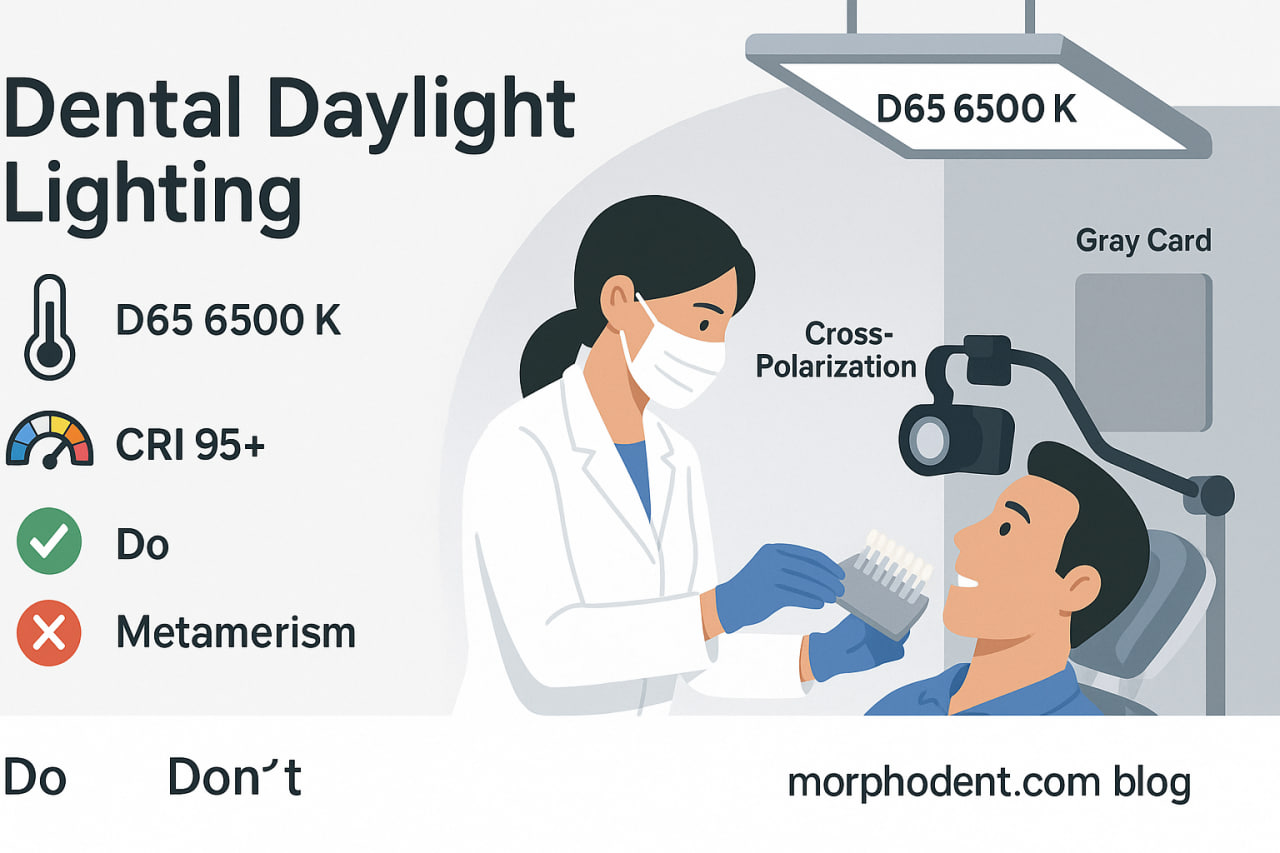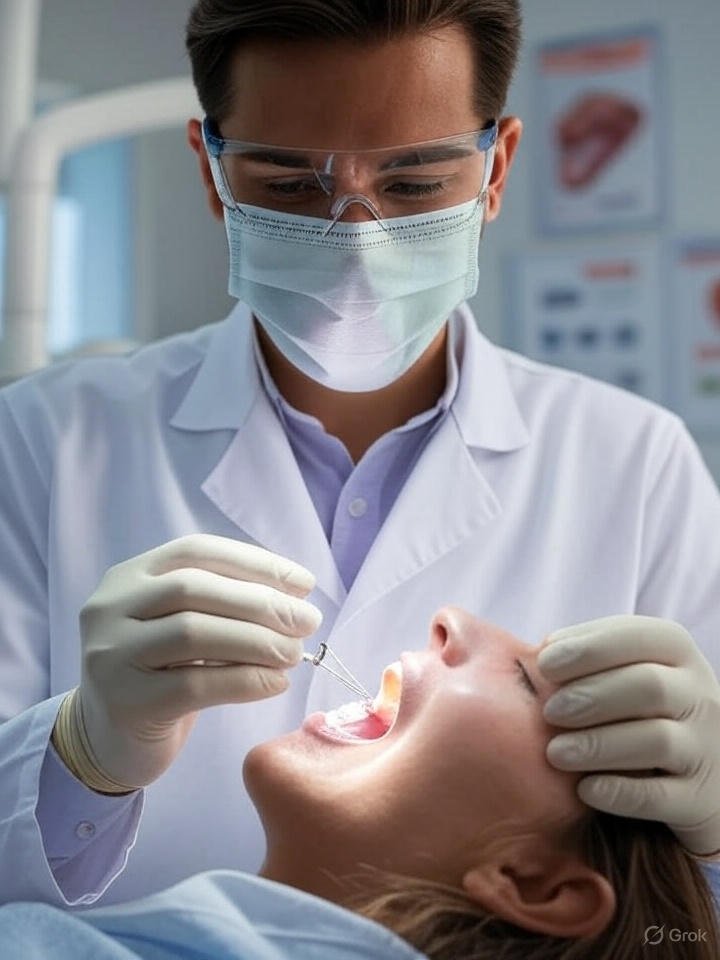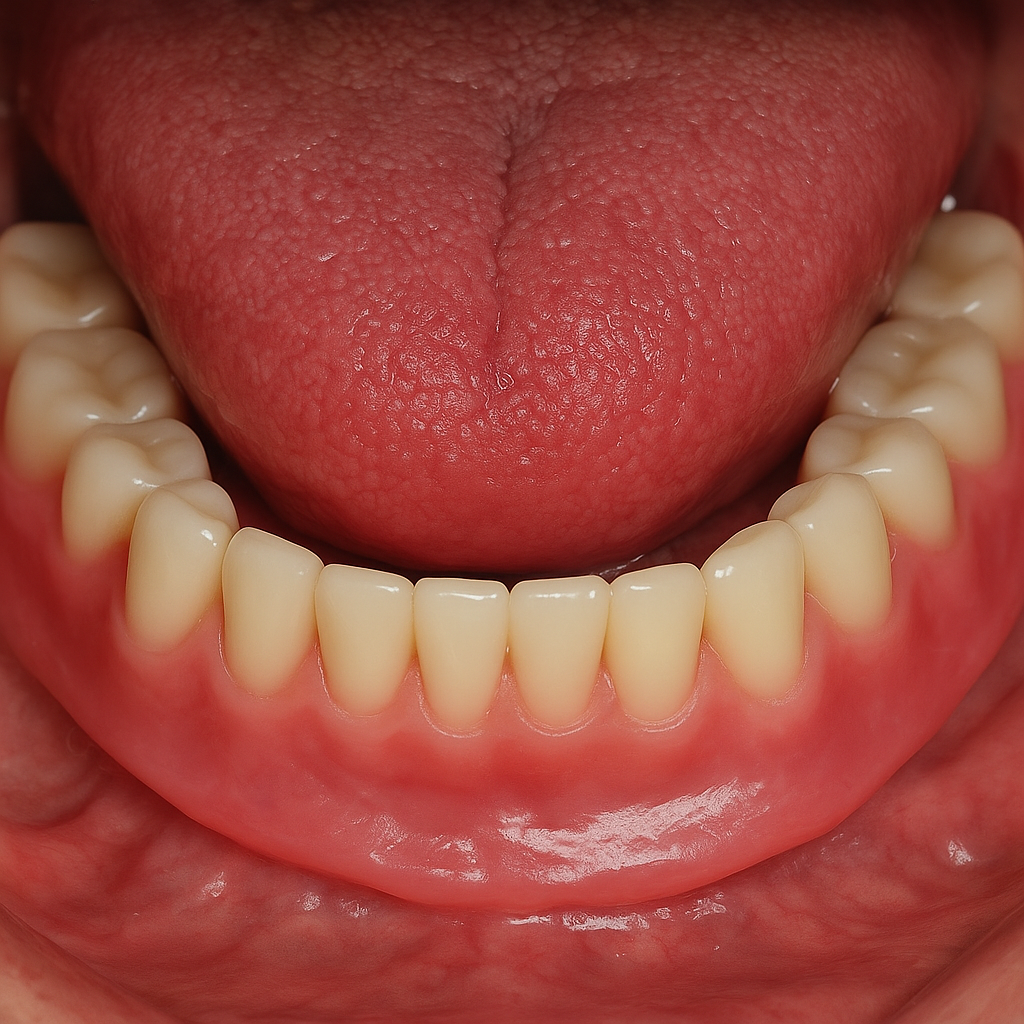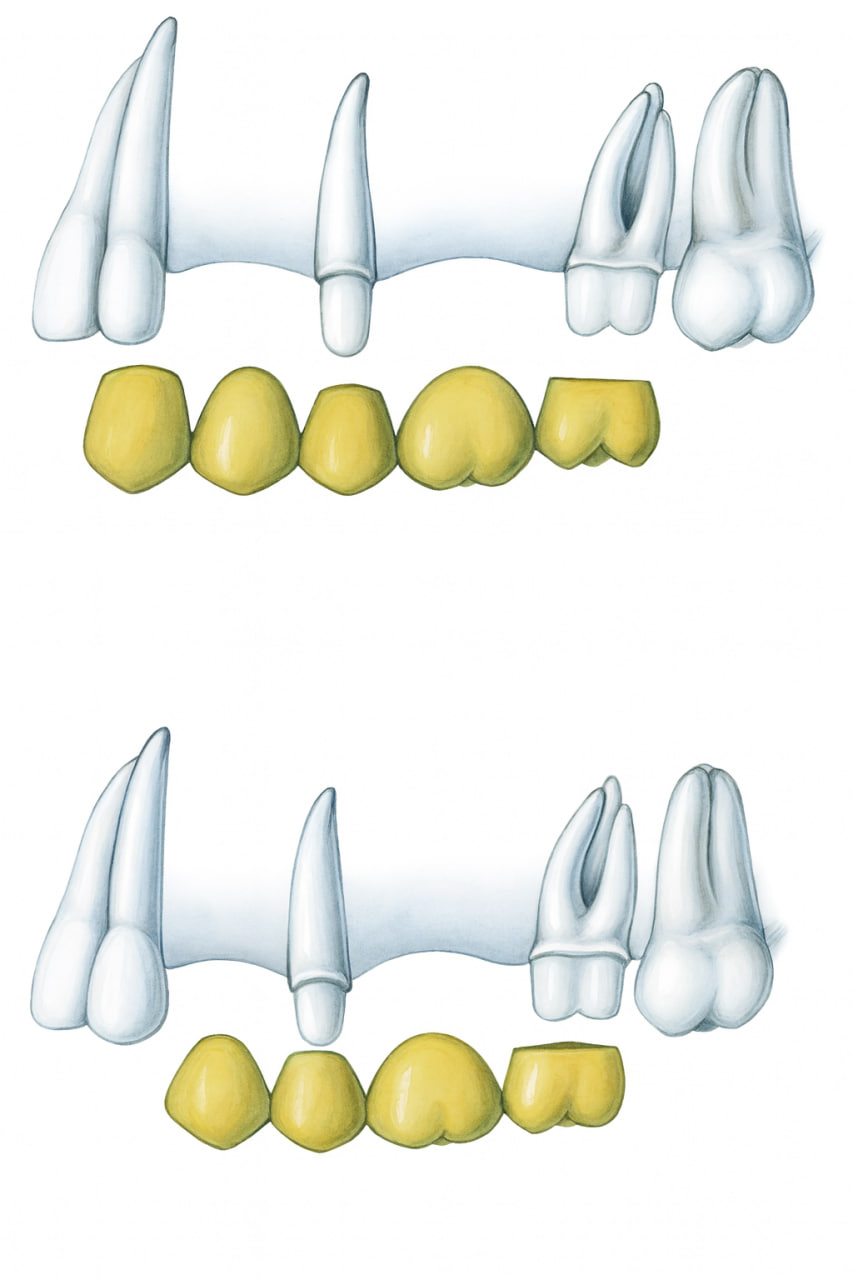Silane Coupling Agents in Dentistry: Chemistry, Activation, and Clinical ProtocolsSilane Coupling Agents in Dentistry: Chemistry, Activation, and Clinical Protocols
Silane Coupling Agents in Dentistry: Chemistry, Activation, and Clinical Protocols 1. What Is Silane? Silane is an organosilicon compound containing one or more silicon atoms bonded to organic functional groups.The type of silane used in dentistry is bifunctional. One end of the molecule contains a methacrylate group, which can bond to

